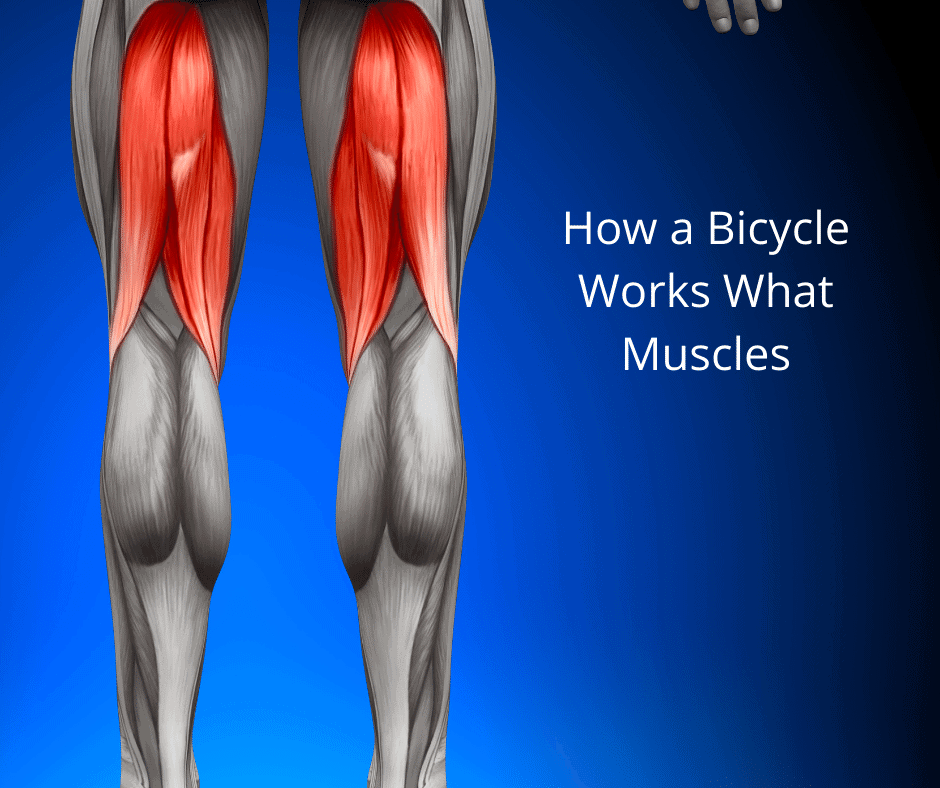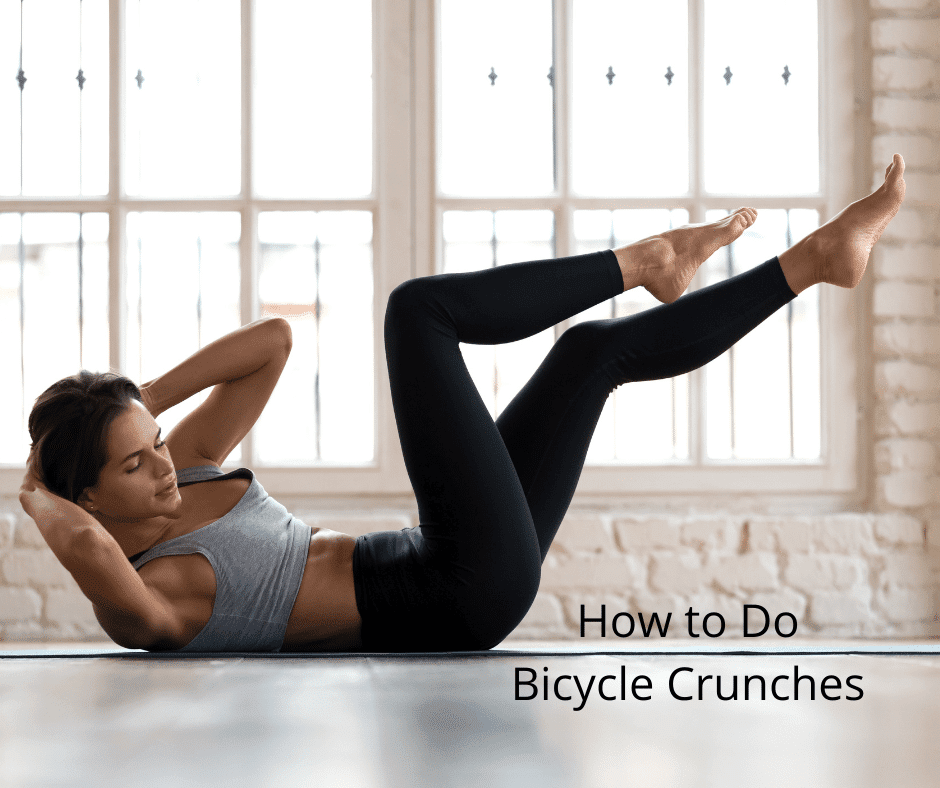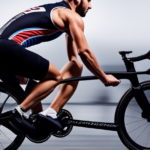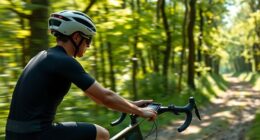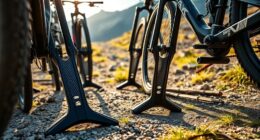While cycling, it’s your leg muscles that power the pedals. Your core muscles provide support, maintaining a semi-upright posture, and your arms contribute to keeping your body upright. While the primary workload falls on your leg muscles during cycling, your other muscles also require strengthening and conditioning for the ride. Here are additional muscles that benefit from bicycle riding. Moreover, it’s important to note that the muscles involved in pedaling a bike extend beyond merely the quadriceps and hamstrings.
Quadriceps
Cycling on a bike is a great way to work your quadriceps. Bicycle riding works these muscles in several ways. First, pedaling uses the glutes and quadriceps muscles at the front of the thighs. These muscles extend the knee and foot during the pedal stroke, while the hamstrings help back the knee and foot up. In addition, this type of exercise builds aerobic strength. The quads and glutes work in tandem to help you pedal efficiently.
Another way to work your quads is to warm up before pedaling. You should do this to help your muscles get accustomed to cycling. Your quads produce the bulk of your power and should be warm before you begin. It is also important to warm up your hamstrings before cycling. The quads and hamstrings are both involved in cycling, but working them separately will make your workout more effective. It’s important to warm up before riding to get the most out of your training.
Hamstrings
Cycling is an excellent way to strengthen your hamstrings. This muscle is located in the back of the legs, so the rider can experience pain in the lower lumbar spine and hip joint if they are tight. The tightness in the hamstrings can cause pain in the hip joint, sciatic nerve, and lumbar spine. Fortunately, there are exercises you can do at home that will help you stretch your hamstrings.
A cyclist’s hamstrings are easy to identify. They begin below the buttocks and attach to the ischium, tibia, and fibula. The hamstrings contract and relax to bend the knee and straighten the hip, increasing the muscle’s resistance to fatigue. This can lead to tight and swollen hamstrings. In addition, prolonged cycling can cause tendinitis and various other injuries.
Calf Muscles
A bicycle is an excellent option if you’re looking for a way to work on your calf muscles. Pedaling with your forefoot can give your calves more workouts, especially if you’re pedaling uphill. Cycling with your forefoot can also help you stretch your calves. Try to keep your cable taut when you pedal with your forefoot.

The calf muscles are essential for cycling and contribute about 20 percent of pedaling power. They work together with the quadriceps and hamstrings to keep your foot steady on the pedal. The calves are one of the essential leg parts, and cycling can help you develop stronger calf muscles. However, you should be sure to warm up your calf muscles before riding. Otherwise, you run the risk of pulling or tearing the muscles.
In addition to a bicycle workout, you should consider a training program incorporating plyometrics and traditional resistance exercises. These exercises will strengthen the calf muscles and increase ankle mobility. This is a great way to improve performance and reduce risk of injury. A plyometric training program will help build the necessary muscles and prevent injury. This program will help your calf muscles build the strength and flexibility they need to protect your knees and lower back from overuse.
Core Muscles
The core is one of the most important parts of a cyclist’s body. Not only does it produce the majority of pedaling power, but it also reduces side-to-side movement. While cyclists often focus on improving their leg muscles, many other aspects of cycling involve core strength. Keeping your core strength is essential for your bike safety and avoiding injuries. The plank is a simple exercise that builds core strength. Many sports also incorporate this movement.
Cycling requires proper posture, as it requires you to lean forward. This requires the use of core muscles that tone and strengthen the entire abdominal wall. In addition, the side-to-side swaying of a bike also works the obliques. So, if you’re looking for great exercise to get your core in shape, try a bike ride! It’s an excellent way to get a great workout without a gym membership.
